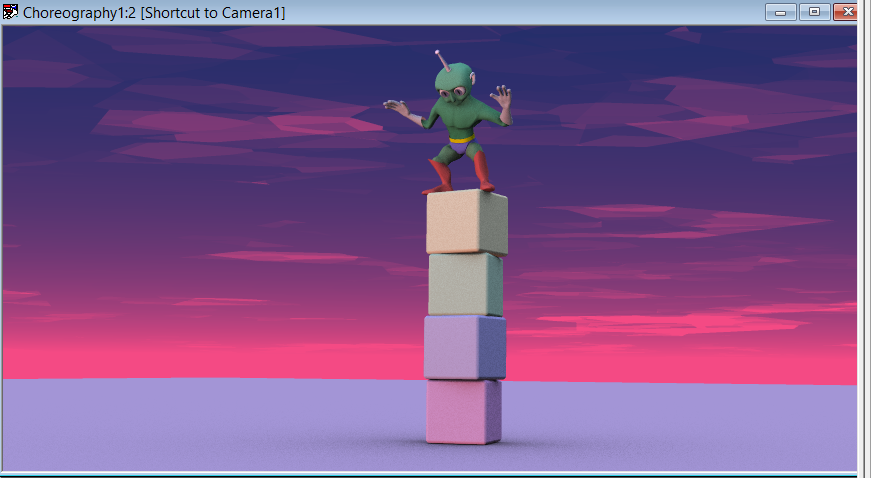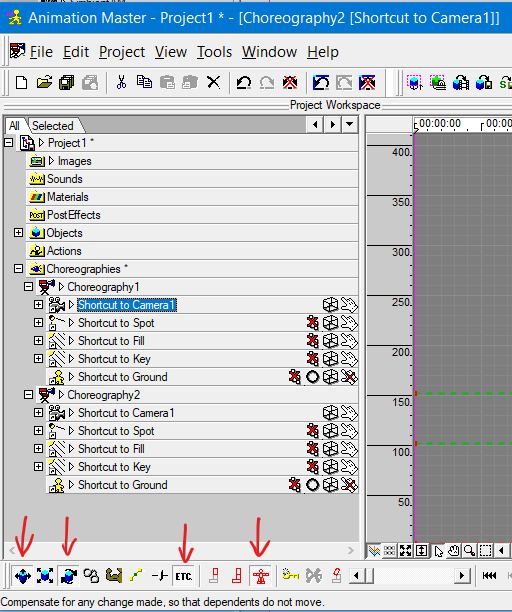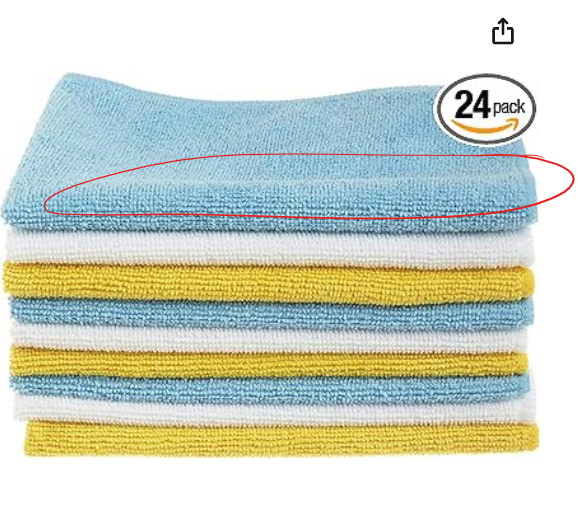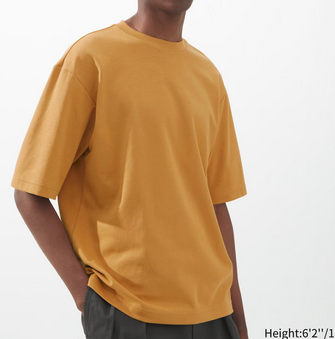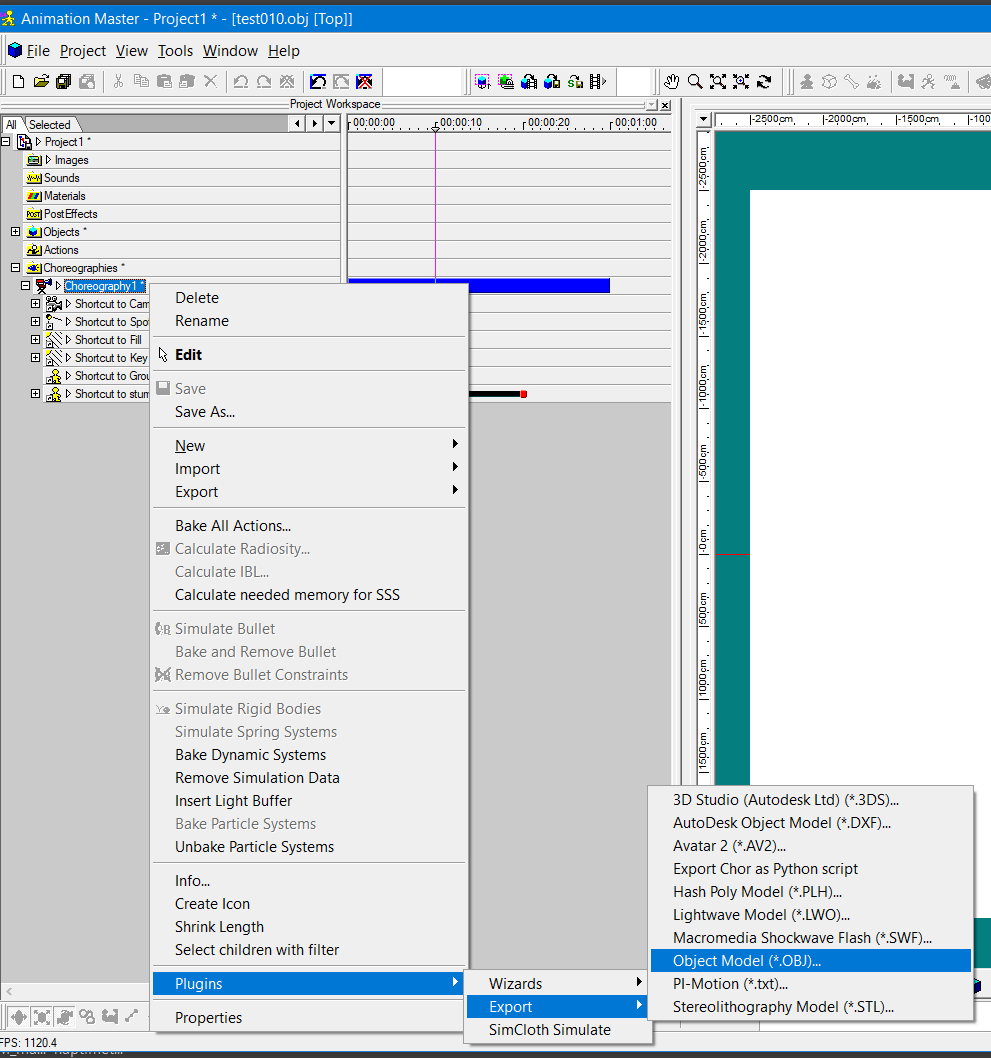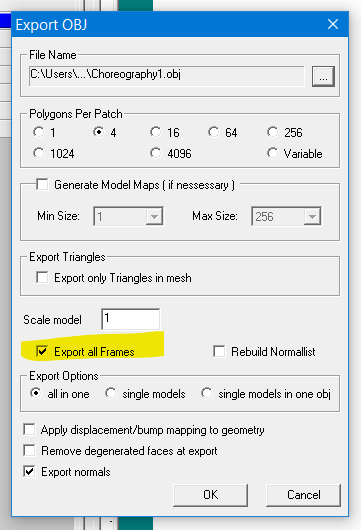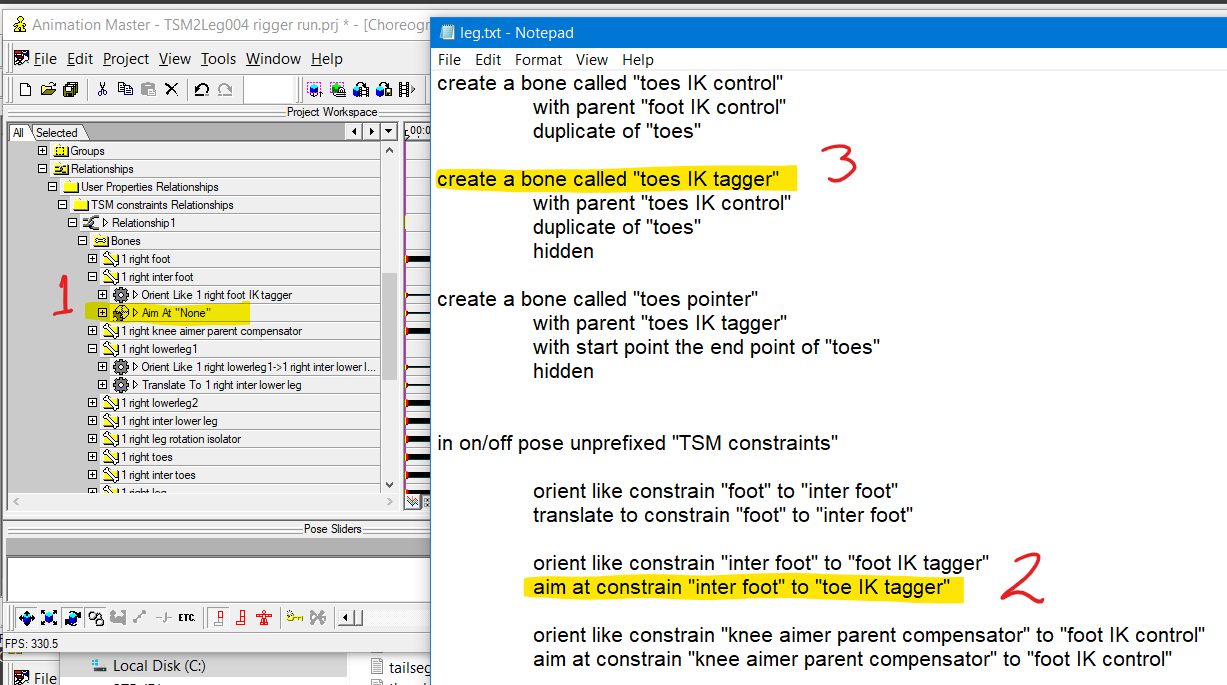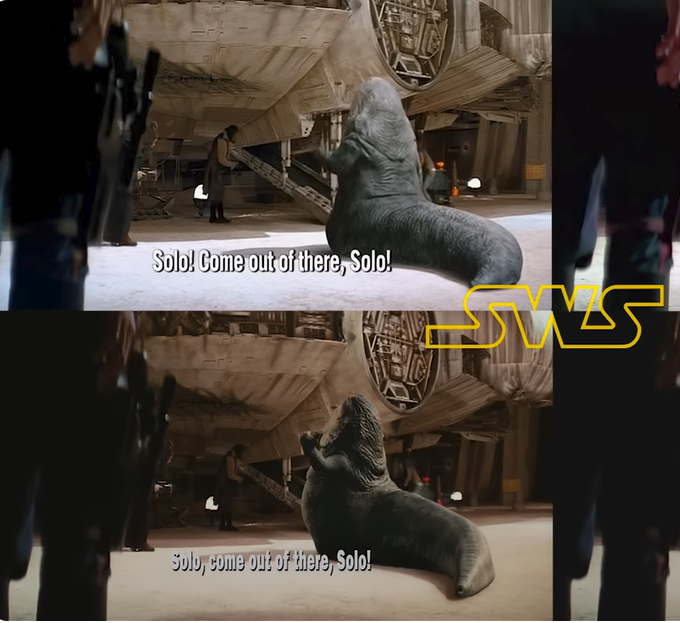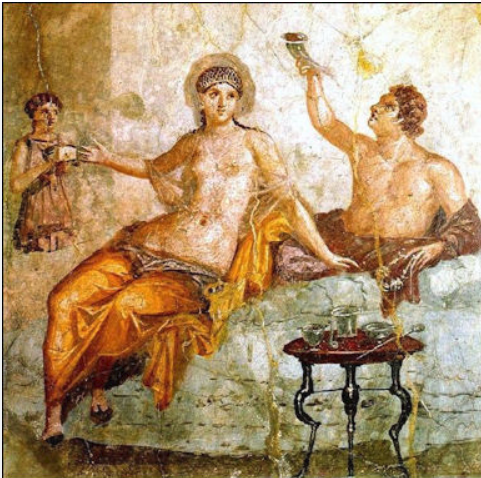-
Posts
28,260 -
Joined
-
Last visited
-
Days Won
403
Content Type
Profiles
Forums
Events
Everything posted by robcat2075
-

Animation Showdown Entry - "Where is it?"
robcat2075 replied to robcat2075's topic in WIP (Archives)
A re-render of this long-ago animation, 20 years ago this week! My character isn't properly rigged and I don't know how to use the rig anyway, but I'm getting started on my character animation journey. -
-
The answer to that is mostly... no. v19.0 was the last version to support a MacOS and only up to Mac OS X 10.13.6 or earlier. You can still buy an A:M license and run any past version from v15 to v19 on a Mac, but only if it has that old MacOS... which few people do. If you have an Intel Mac and can boot Windows 10 or 11 I'm told that works well, but I have no personal experience with it myself and most Mac users don't want to boot Windows anyway. Some people have tried the various schemes that run Windows within MacOS, with incomplete success, mostly real-time graphics trouble. I regret that A:M has dropped Mac support but it had to happen after Apple dropped the MacOS code that supported legacy, cross-platform programs like A:M.
-
Hans looks like he's been borrowing clothes from Paul Lynde. An ascot would be right here.
-
Lesson 28 (Return Values) shows how to get a value back from a function. Lesson 29 (Parameters) shows how to send values to a function We can show what we learn in one program Assignment program Write program with at least two functions. One function when called will prompt the user for an item of data and return that data to the main program. The second function, when called, is sent that data as a parameter and returns the result of some calculation on that data. The main program will display that returned result. Remember to label your outputs. Possible topics Area of a square or any other geometric figure Perimeter of a rectangle any other geometric figure Sales tax on a purchase
-
You can also do this copy/paste between the camera and a Null in the same Chor, although that won't save camera parameters like focal length.
-
Huh. That's weird. But CTRL-Z works on that laptop in other apps? My back up idea was to create a second Chor in your PRJ and use it to archive Camera positions. -Set the Translation, Rotation, ETC, and Key Model filters ON -select the Camera in your first Chor and do Edit>Copy Keyframe (or CTRL-C if that works on your laptop) -select the Camera in your second Chor and do Edit>Paste Keyframe If you ruin a camera position in the first Chor you can copy and paste it back from the second Chor.
-
I had forgotten that even exists. AFAIK, you have to press the middle mouse button with SHIFT and/or CTRL to do this. Are these what you mean? But I am able to CTRL-z my way out of those maneuvers. You can't?
-
Slipping on the ice?
-
Invisible man... Invisi_h2500.mov
-
Cloth tends to be rather flat in color, with somewhat less of the even shading from light to dark that we see in hard surfaces. Setting the "Falloff" lower will help do that. Cloth often a layer of fuzz above it, that when seen on-edge looks brighter or whiter than the true color. Back lighting also causes this highlight. Adding an edge gradient material can help suggest that. The most critical aspect and the hardest one to do is to have give it folds and sags like cloth would have. Modeling and rigging those is challenging. The Scarecrow in TWO was well-done in that regard.
-

Tinkering around so sharing what I found
robcat2075 replied to johnl3d's topic in Tinkering Gnome's Workshop
He sticks the landing... Cart000h2500.mp4 -
@Rodney @Roger @Shelton I was quite mistaken last night about array declarations. The extra braces don't matter! At least not for our simple integer arrays. This sample program shows four different styles all producing the same result... // MultiDDeclareTest.cpp : program to declare multi-dimensional arrays // and access a value in them #include <iostream> using namespace std; int main() { //simplest declaration... int tableA[3][4] = { 1,2,3,4,2,4,6,8,3,6,9,12 }; //line breaks added for readability... int tableB[3][4] = { 1,2,3,4, 2,4,6,8, 3,6,9,12 }; //extra braces added for readability int tableC[3][4] = { {1,2,3,4},{2,4,6,8},{3,6,9,12} }; //line breaks and braces added for readability int tableD[3][4] = { {1,2,3,4}, {2,4,6,8}, {3,6,9,12} }; // remember that array elements are numbered starting with zero... cout << "tableA[1][3] = " << tableA[1][3] << endl; cout << "tableB[1][3] = " << tableB[1][3] << endl; cout << "tableC[1][3] = " << tableC[1][3] << endl; cout << "tableD[1][3] = " << tableD[1][3] << endl; } Output... tableA[1][3] = 8 tableB[1][3] = 8 tableC[1][3] = 8 tableD[1][3] = 8
-
Hans in a lightsaber battle. Put that on your list, Steve!
-
Here is Steffen's documentation on his original Mirror Bone and Mirror Constraints. They may have minor differences from today's versions http://sgross.com/plugins/plugin18/index.html
-
I've never gone all the way through Barry Zundel's rigging process since I don't use his rig. I just know that other people have gotten a successful result... recently... so it must work in some fashion. Here is how mirroring bones, CP weights, and constraints is done with current A:M tools. Note that the model I demonstrate with already has an exactly mirrored mesh, having done that with Copy/Flip/attach. You want your splines to be exactly mirrored for this stuff to work. MirrorBones&MirrorConstraints.mp4
-
When you say it used to work, what version were you using?
-
I got different OBJs when I used the export plugin and check Export all frames ( I presume that is all frames under the chor blue bar.)
-
This is largely a note to myself. While researching another bug, I noticed in TSM2... 1 - a constraint that has "none" as a target. That should not be. 2 - the line of the TSM2 script that creates that constraint indicates the target should be "...toe IK tagger" 3 - However, the line of the script that creates that bone names it "...toes IK tagger" (plural) Perusing the script, it seems that all other references are to "toes" plural, so #2 is probably the error. I am surprised that the script has been working all these years. In my experience, when a TSM2 script encounters a bone name that doesn't exist it either crashes or stops executing the script. So that's another mystery. update: "1 right inter toes" also has a broken aim at constraint
-
John Purcell introduces functions, a form of reusable code. When you invoke a function, that causes the program to depart to another portion of your code, execute it, then return to just after the original function call. This first lesson on functions does not yet consider the important function return values or function parameters, but those are coming. Sample lesson idea: Copy the code of your Case and Switch program into a new C++ project and modify it to print the opening title and explanation via a function that is called, rather than having those hard coded into the main() loop of your program If your Case and Switch program didn't have an opening title and explanation... invent one for your function to print!
-
Here's the same animation but with a somewhat-better-fitting shirt. NY2024-19L_h3k.mp4
-
The pre-roll when the model un-shrinks into the cloth looks like this... NY2023Shaded_h3K.mp4
-
I think he's reclining and we're seeing his underside there. like the guy drinking the wine... This is him upright and in motion. The tail is a tail...
-

Simple tinkerinf that I thought might get a laugh
robcat2075 replied to johnl3d's topic in Tinkering Gnome's Workshop
Remember "Goofy Grape"?










